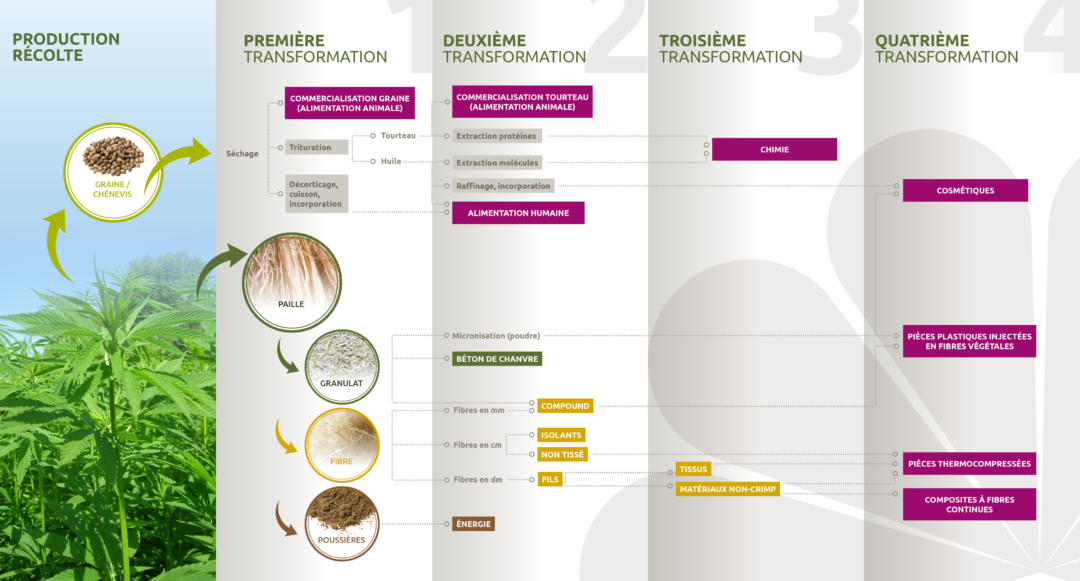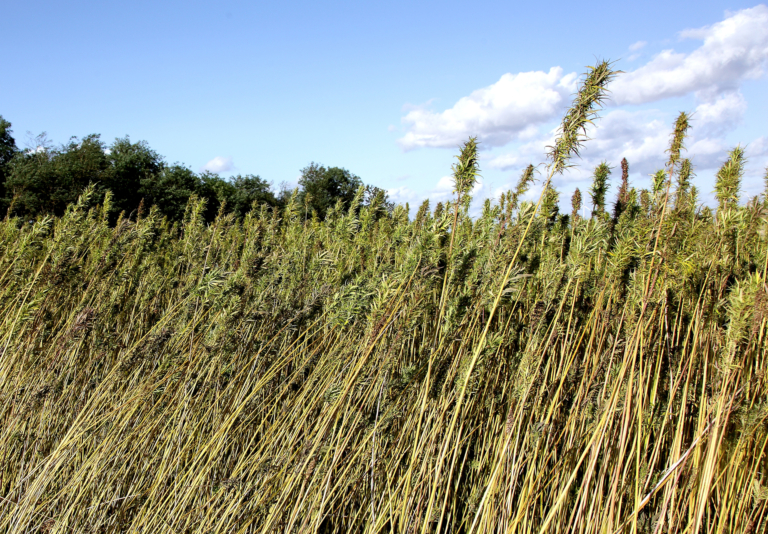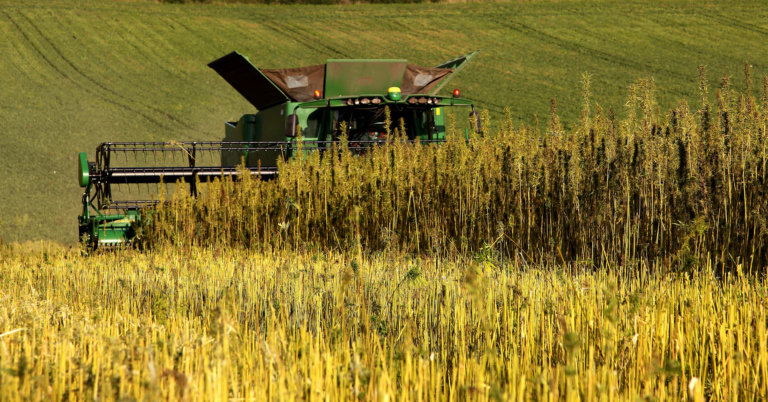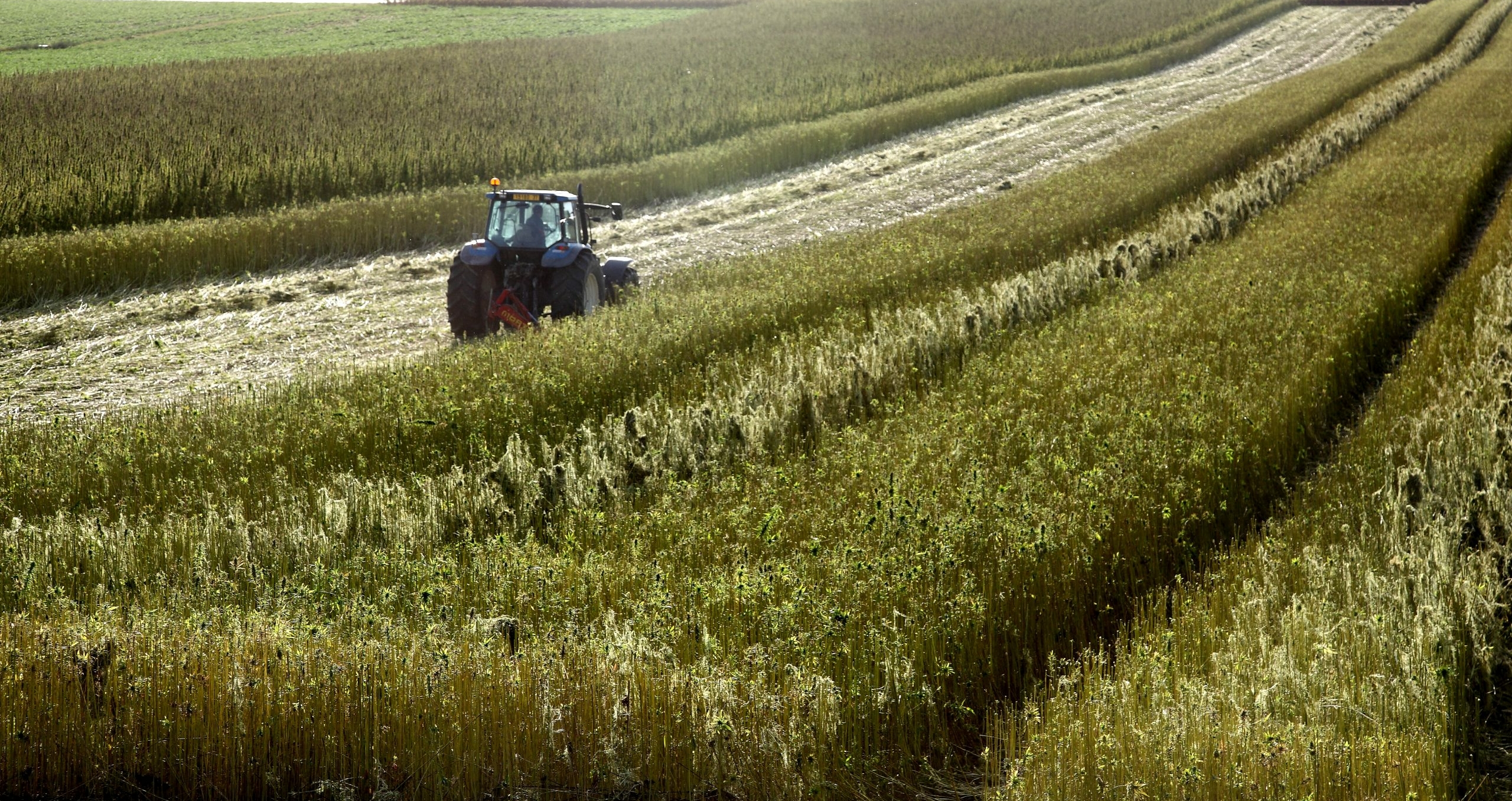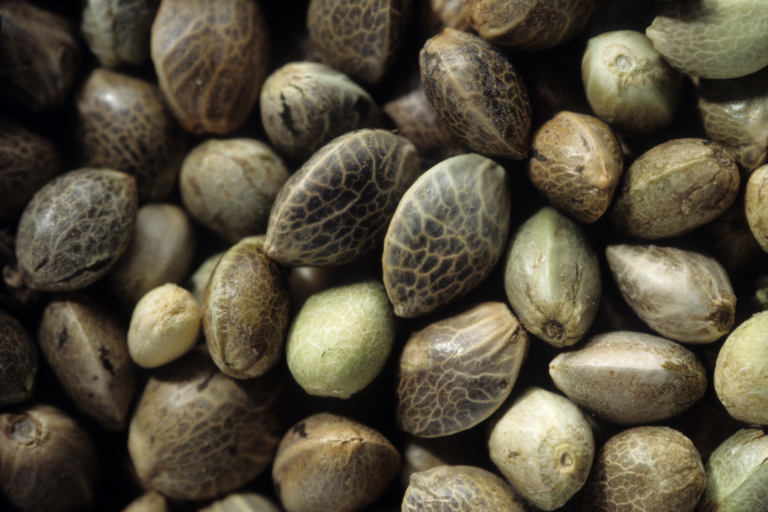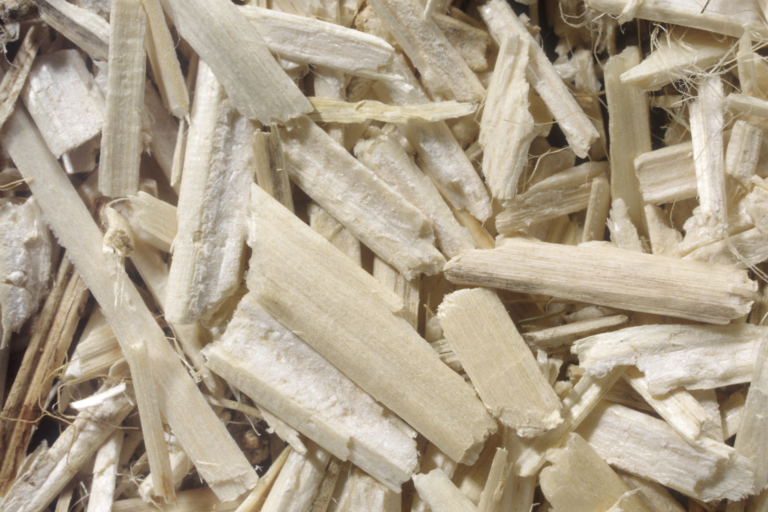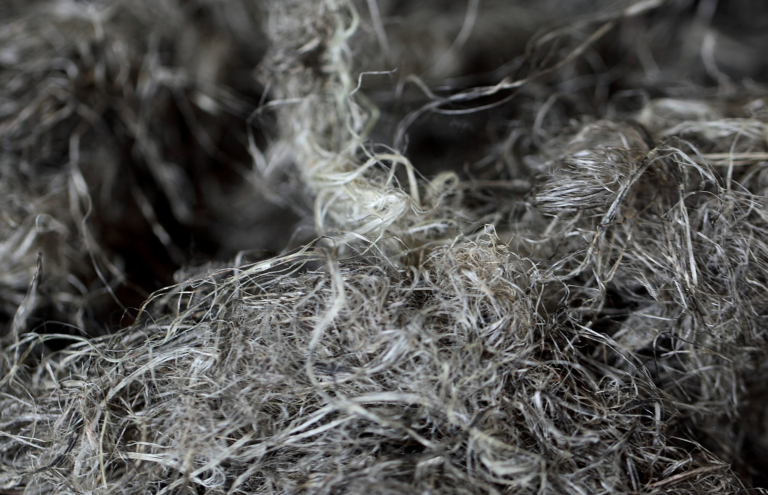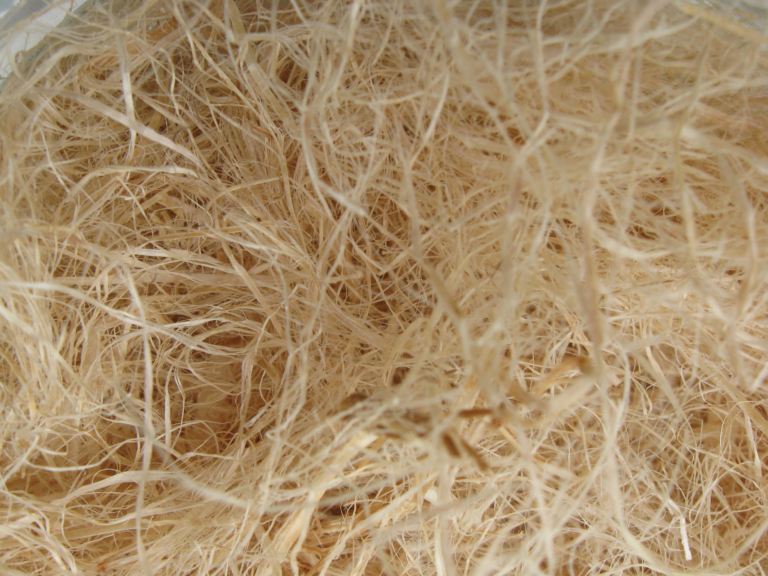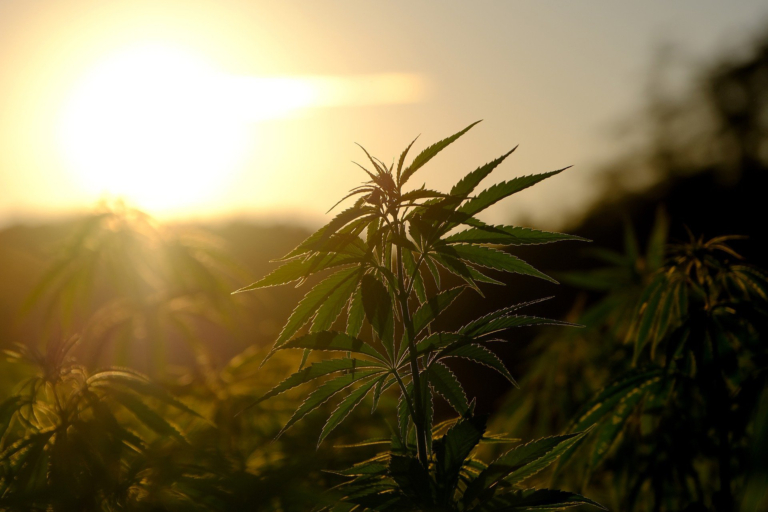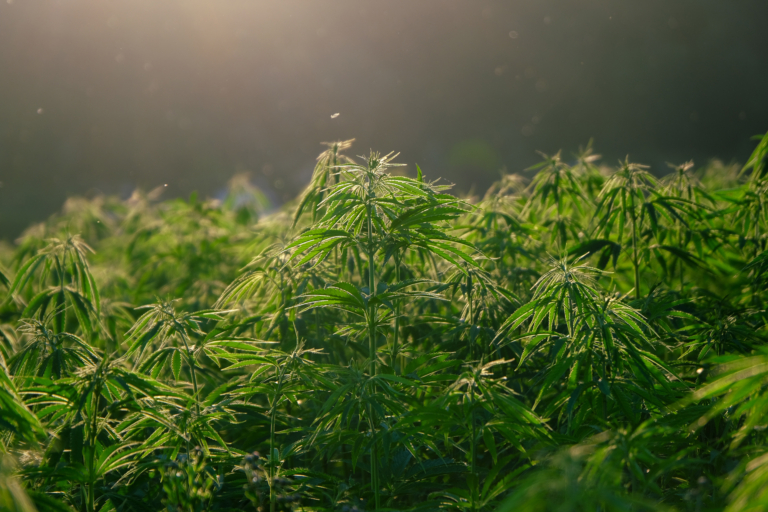Hemp, an exceptional plant
An ecological, economical and responsible plant
Hemp is a millenary crop. It is one of the first plants cultivated by humans since the beginning of agriculture. With its multiple valorisations and its agronomic assets, hemp appears as a real tool for ecological transition. It responds to today’s economic, environmental and societal challenges.
A zero waste plant
Hemp is fully valorized. It offers several products: straw, which is separated into fiber and shives (granulate) during the defibration, hempseed (seeds), inflorescences, and fines (the dust). All the components of the plant are exploited through different uses. Each has its own characteristics that adds to its finished products.
With Thibaut Janson, hemp grower.
hectares de chanvre
produits dans le monde (2022)
hectares en Europe
L’Europe est le 2ème producteur de chanvre au niveau mondial (2022)
hectares en France
La France représente près d’un tiers de la production européenne et est leader européen de la production de chanvre (2022)
hectares en Grand Est
La région Grand Est représente 50% du chanvre français et 20% du chanvre européen.
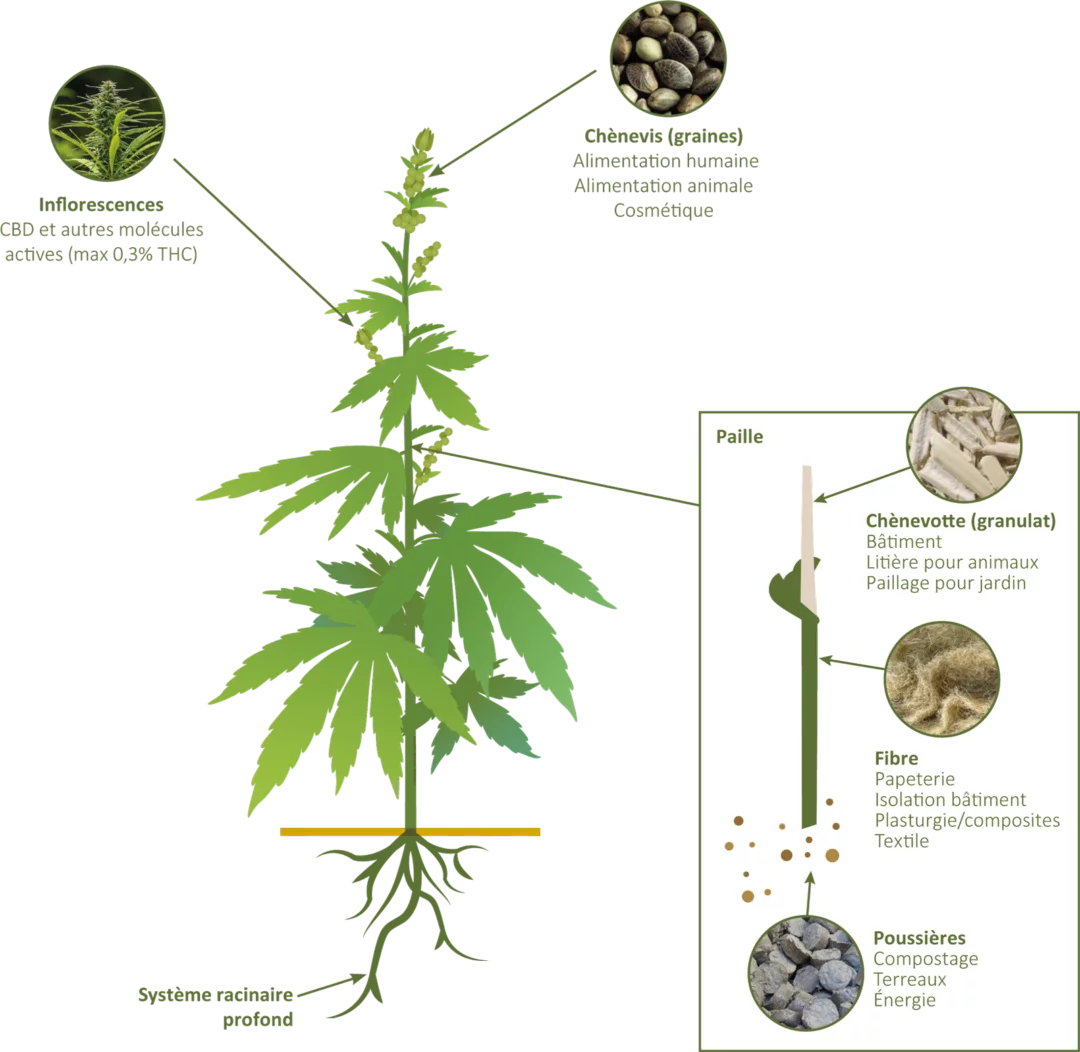

The cultivation
of hemp
Hemp is an annual crop. It is sown in April, and is harvested between September and October. It offers many agronomic benefits, but the main advantage of hemp is its positive environmental impact.
Thanks to its deep, pivot roots that can reach up to 3 meters deep, hemp does not require irrigation and it is resistant to periods of drought.
The very rapid growth of hemp allows it to smother all competition and thus be cultivated without pesticides.
Hemp is an excellent CO2-sink : 1 hectare of hemp has the capacity to absorb as much as 1 hectare of forest, that is 15 tons of CO2 !
The height and density of hemp make it a formidable reservoir of biodiversity. It is very appreciated by spiders and ground beetles, predators of crop pests.
Hemp requires on average 2 times less nitrogen than rapeseed or wheat.
Hemp is grown without GMOs. It is also a very good trap for nitrates.
Hemp integrates perfectly into crop rotation. It improves soil structure and fertility and allows for better yields for the following crop.
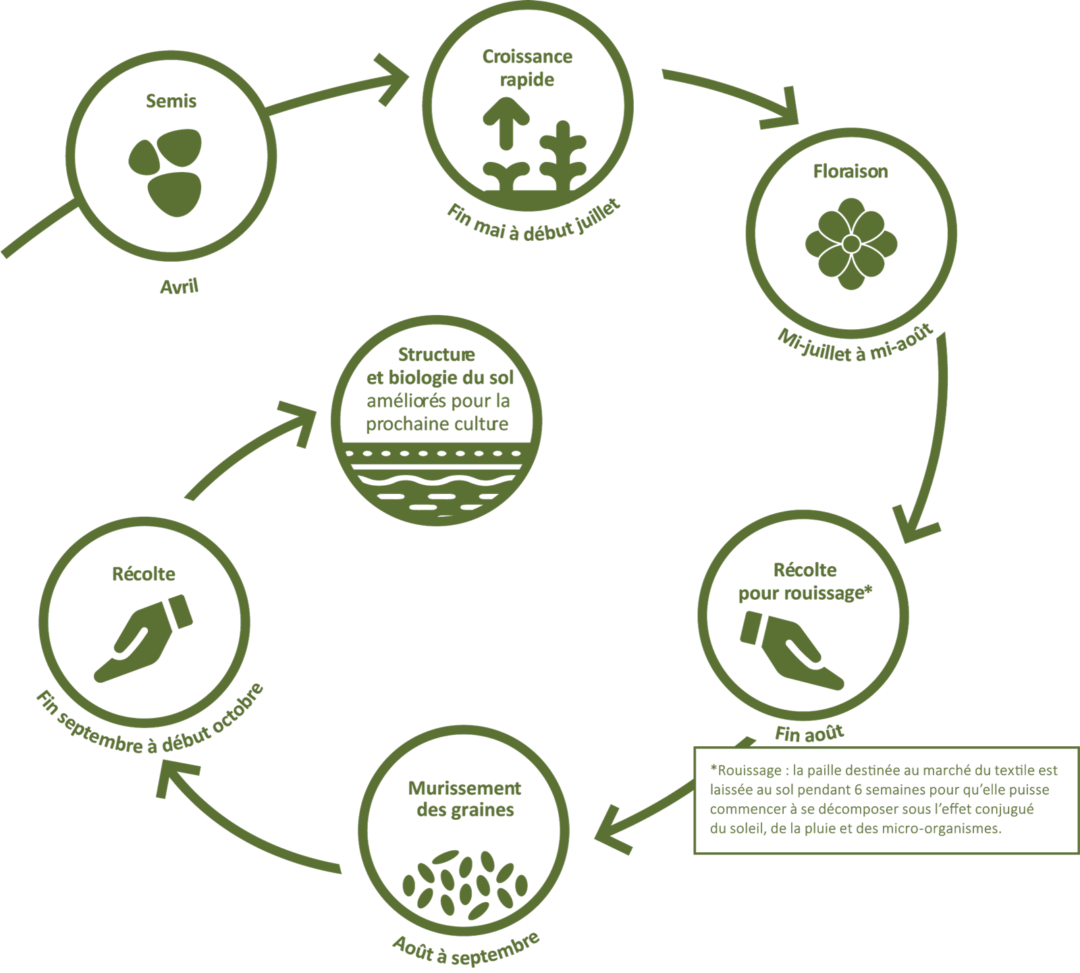

Processing
of hemp
